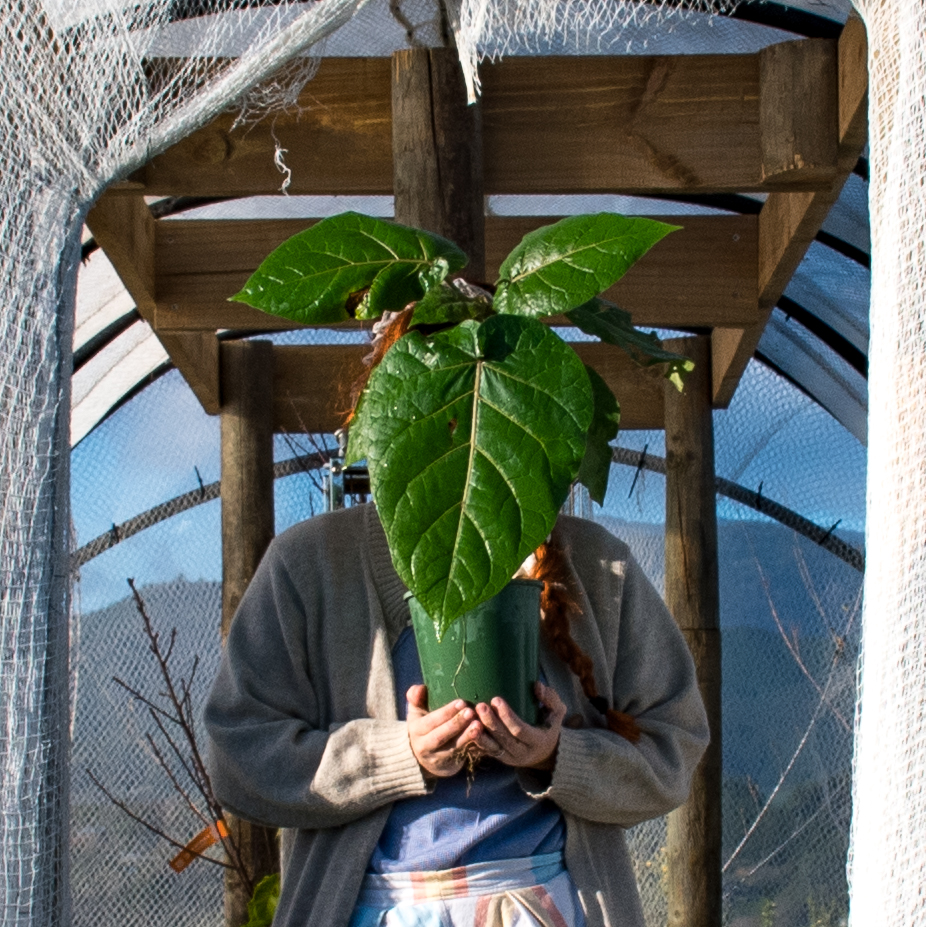Two of my friends wanted to keep bees in an urban environment. After a lot of brainstorming the idea of an educational beehive was born. With the Plexiglas enclosure it is safely possible to come up really close to the hives.
There were many volunteers, and I was part of the 6 core people who built the structure. This was 10 years ago, and I have learned a lot about bees and even given tours to the garden and hives for elementary school groups. We just had the 10th annual bee fest. It is so rewarding to see a project have this kind of longevity and positive impact in the community. I’ve met a lot of people through this effort, some have turned into really good friends.
I’ll stop rambling now, but happy to answer questions below :)
This is amazing! There is a beehive like this at a local animal sanctuary but there is an entrance fee making it unaccessible to parts of the community. I love the idea of having a bee fest
The bee fest is a ton of fun and a very giving topic, especially for kids and art activities :)
The education aspect is also very important to me… how many people don’t know the importance of bees or can’t tell a bee from a wasp…
Because it gets dark pretty quickly, when you know that every 3rd bite of food is pollinated by bees and Colony Collapse Disorder has been rampant. Big majority of hives of the beekeepers I know don’t make it through the winter :(
Do you do talks on native pollinators as well or are honey bees local to your area? Yeah bees are crucial. Even the imported ones since most the foods we eat are imported as well.
Of course, we explain other pollinators as well (bats! and moths!). We also have a big pollinator garden that supplements the enclosure. Planting local pollinator friendly vegetation without pesticides is likely the most important thing we can do and encourage others to do :) (I have a feeling I’m not telling you anything you don’t know)
Haha I could hear it over and over again and never complain! We have a lot of bird pollinators in my garden so we’ve re forested the sides of our ridge with 12,000 mixed natives from trees to shrubs to nz flax (harakeke). We also get our native solitary bees so i have some hillsides with their holes in the garden that i leave and then they have anywhere they’d like on the ridgesides.
Or fridge is usually filled with mason bee larvae, which gave a higher chance of survival, if you don’t put them out right when the first flowers come out in spring. (I think those are very similar to the solitary bees you described)
We have a few ground dwelling Lasioglossum varieties here 😊 i don’t think we have mason bees but we do have mason wasps
No questions, but this is insanely cool!
I do have questions! Was this all self funded or did you apply for grants or fundraise?
We were able to get a city fund and also worked with our local parks department to make it happen on an existing p-patch plot, which had the right insurance to allow bees (which would have been a major hurdle on private land, despite the risk being really small). Of course, also private donations on top of hundreds of volunteer hours <3
Lucky spot! Insurances can be such a head acheI hadn’t even thought of how it would work with bees.
That’s so beautiful! Are the hives the brown boxes inside the enclosure?
Yes! The hives were built locally and were really pretty :) A few more pics on IG
Wow that is such a flash setup! It just keeps getting better the more I look at it. You guys did an incredible job
This is an amazing project, and I am so happy to hear that it’s been successful for so long! Pollinators are so important to everything and everyone, so I have a soft spot for bees and bats.
You mention in the comments that you often have mason bees. Do you build those wood dowel habitats for those guys, too?
Yes! As soon as the dandelions are out we put dowels out. The mason bees do their thing, lay new large larvae into the dowels and then we put the dowels into the fridge, because a lot of predators are after them :)
I love all of this! 🐝
This is so cool! I wish more people knew about bees and their importance - thank you for the wonderful service!! :)






